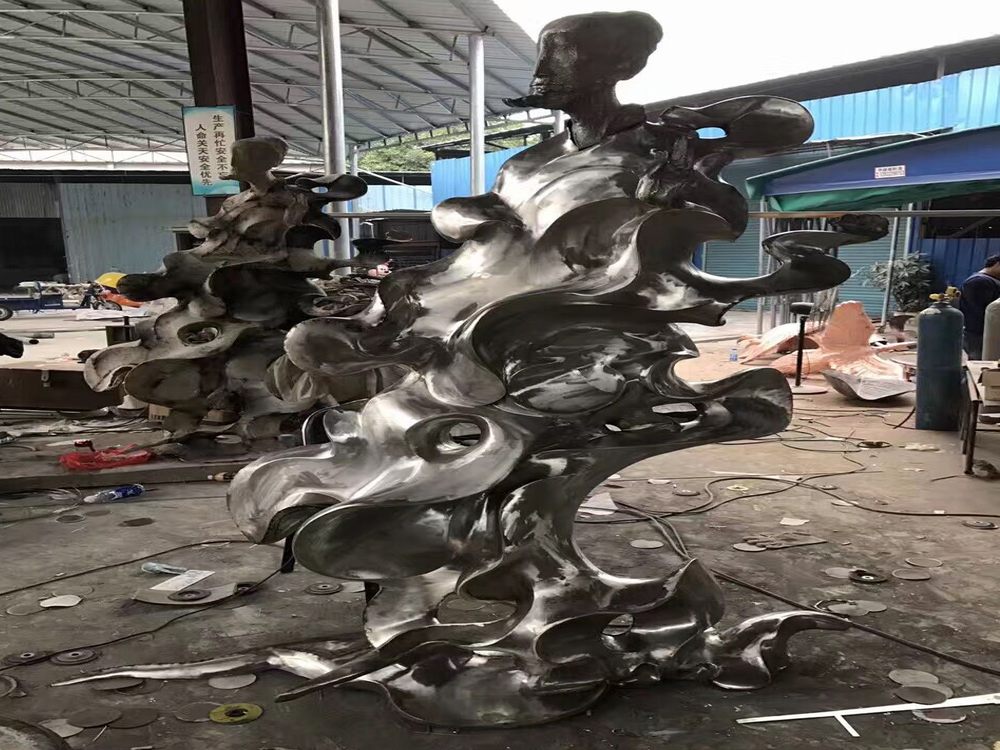
The art of stone carving has long been celebrated for its ability to capture moments frozen in time. Yet, some masterful sculptors defy this stillness by creating the illusion of motion blur in their work, making static figures appear dynamic and alive. This technique involves a blend of precision and creativity, leveraging visual tricks to simulate movement.
One common method is the strategic use of elongated or slightly distorted forms. By carving lines or contours that stretch beyond natural proportions—such as flowing drapery or blurred edges—artists mimic the effect of rapid motion. The Parthenon friezes, for instance, employ this approach to depict galloping horses with legs elongated to suggest speed.
Another technique involves textured surfaces. By varying the depth and direction of chisel marks, sculptors create gradients that catch light differently, producing a sense of movement when viewed from shifting angles. Michelangelo’s unfinished "Slaves" series showcases this, where rough-hewn surfaces imply figures struggling to emerge from stone.
Perspective also plays a role. Sculptors may carve overlapping elements or skewed proportions to simulate a fleeting moment, much like a photograph capturing motion. The result is a mesmerizing interplay of shadow and form that tricks the eye into perceiving motion where none exists.
Through these methods, artists transform rigid stone into dynamic narratives, proving that even the most enduring materials can evoke the ephemeral beauty of movement.

